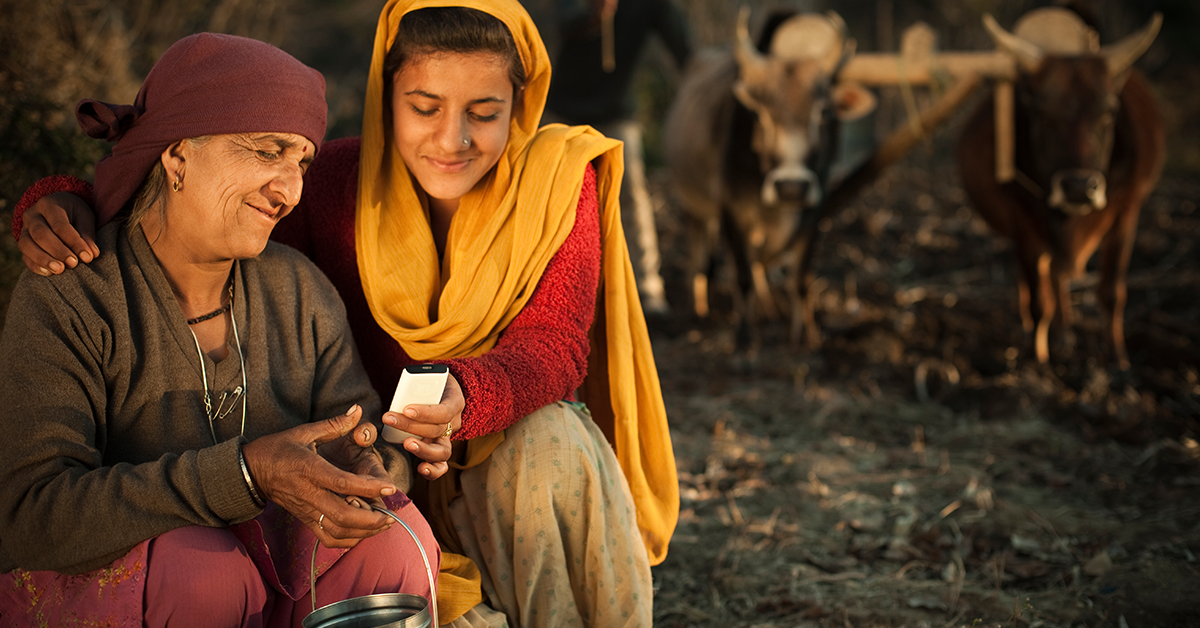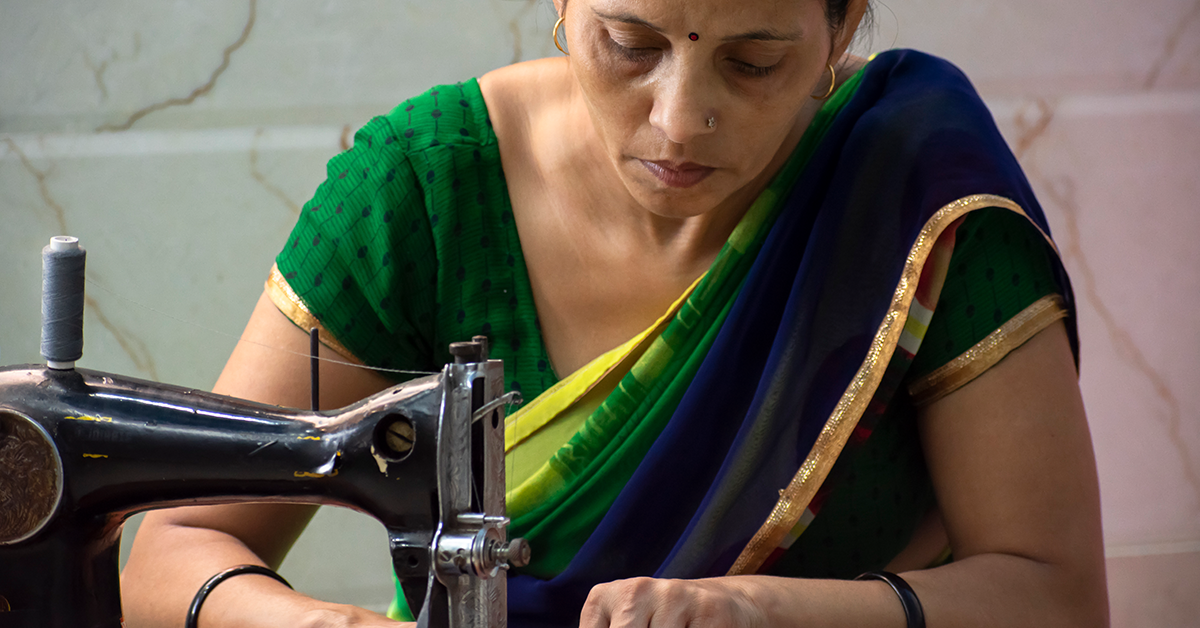When your mum or a family member is diagnosed with osteoporosis it is natural to feel worried or anxious, especially about the impact it will have on their day-to-day life and how you might be able to help. As with any chronic disease, there are strategies that can put into place to help manage the condition. Here are a few things you can do together!
When someone is diagnosed with osteoporosis, their doctor will determine their overall risk of fracture and then make a decision on the best treatment plan. This can include a prescription medication that will help increase their bone strength and reduce their risk of further broken bones. Their doctor may also suggest that they take calcium and vitamin D supplements, as they are vital for creating and maintaining strong bones.1,2
Like with many chronic conditions, osteoporosis medicines only work if they continue to be taken as directed and as long as they are needed. Failing to stay on therapy results in increased risk of fractures, including hip and vertebral fractures and this can impact mum’s independence and quality of life.3,4 Help mum to take her medication as directed by her doctor – perhaps set up a reminder on your phone or diary!
When someone has osteoporosis, a minor fall or bump can cause a broken bone. Falls are a major cause of fractures, with 90% of hip fractures resulting from a fall.1 Help mum to identify “trip hazards” in her home and environment to reduce her risk of falling. Click here for some great tips for preventing falls.
Your mum’s doctor will recommend simple lifestyle changes alongside her osteoporosis medication to maintain her bones and help reduce her risk of falls.1 These three things are important to optimise bone health at any stage of life and could even reduce your risk of osteoporosis too – why not do them together?
1. Eat a healthy diet – including plenty of calcium and vitamin D:
These nutrients work together to keep bones strong. Eat a healthy diet with 3–5 servings of calcium from dairy products, green vegetables, fish, nuts and calcium-fortified foods. Maintain vitamin D levels through safe exposure to sunlight. 5,6
2. Help her to exercise safely:
Regular exercise can help to improve coordination, balance and strength, which helps to prevent falls and is also great for rehabilitation after a fracture.7 Download the Fight the Fracture Exercise guide for some great tips to get started. A physiotherapist can also help to design a suitable exercise program.
3. Limit alcohol and avoid smoking:
Heavy drinking can reduce bone building. It can also increase your risk of falling and breaking a bone. And the chemicals in cigarettes can harm your bone cells, making it harder for your bones to absorb calcium. So lowering alcohol intake and avoiding smoking are both sensible steps in improving you and your mum’s bone health.1
Their doctor: encourage your parent to develop a good relationship with their doctor. Osteoporosis is a chronic condition and people may have to take osteoporosis for many years. Health care professionals are always a good first point of contact for any questions you or they may have.
International Osteoporosis Foundation: this is a global alliance of patient societies, research organisations, healthcare professionals and international companies working to promote bone, muscle and joint health due to osteoporosis. osteoporosis.foundation



References – My mum has osteoporosis – Can I help?
1 International Osteoporosis Foundation. Love your bones: Protect your future. 2016. osteoporosis.foundation/educational-hub/material/brochures
2 Healthy Bones Australia. Osteoporosis treatment and bone health. healthybonesaustralia.org.au.
3 International Osteoporosis Foundation. Treatment. osteoporosis.foundation/patients/treatment
4 Liu J, et al. Osteoporos Int 2018;29:2409–17.
5 International Osteoporosis Foundation. Calcium. osteoporosis.foundation/patients/prevention/calcium.
6 International Osteoporosis Foundation. Vitamin D. osteoporosis.foundation/patients/prevention/vitamin-d.
7 Healthy Bones Australia. Exercise and bone health. healthybonesaustralia.org.au.